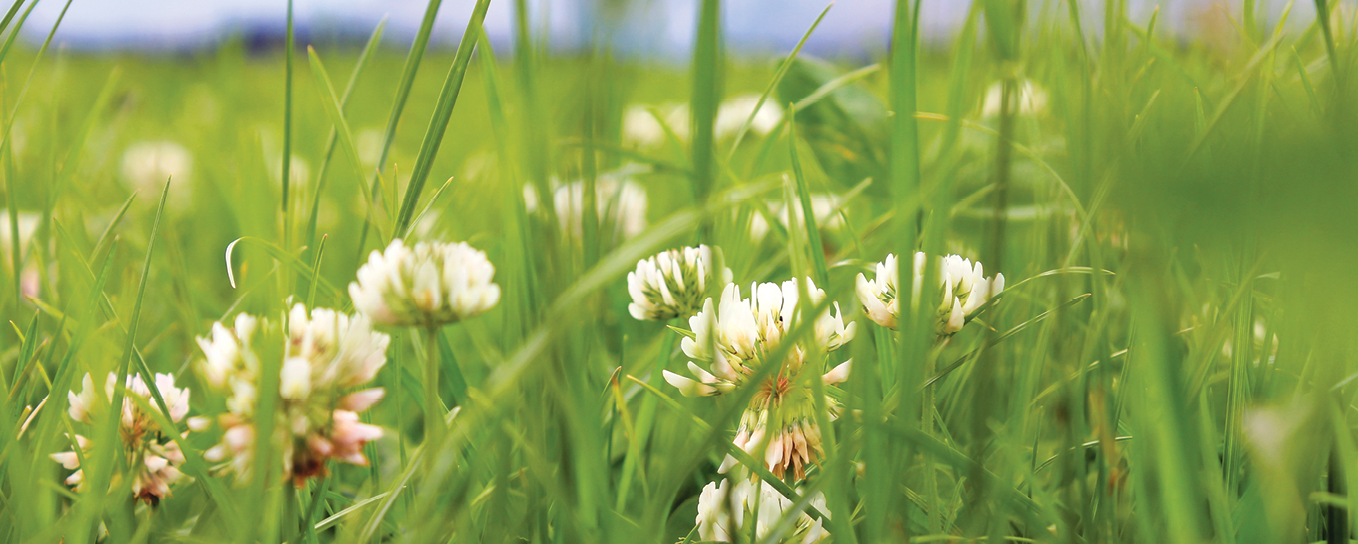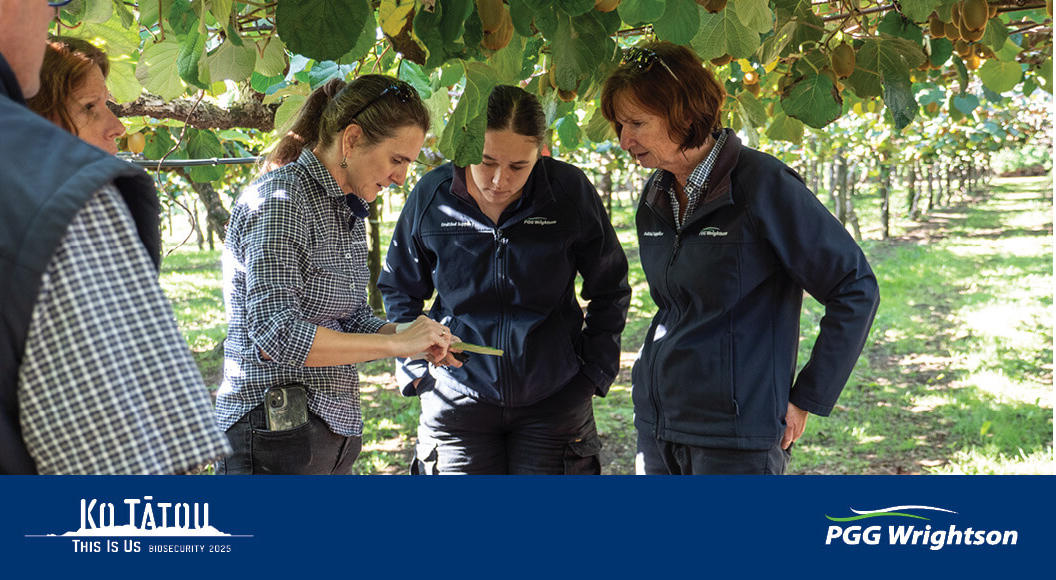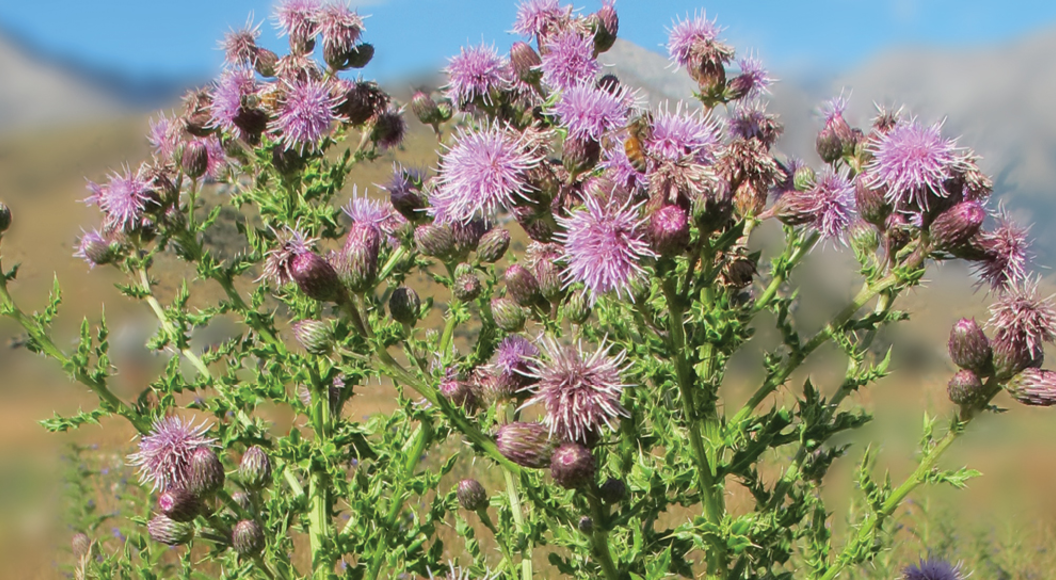
Weed control in new pasture
When establishing a new pasture, the end game is to have a high performing feed for your livestock.
Weeds compete with your newly establishing pasture for space, light, moisture and nutrients, reducing its performance and longevity. Weed control is essential to give your new seedling plants the best start in life.
There are two types of weeds, perennial or annual, and they can be either grass or broadleaf plants. I cannot express enough how important it is to control all perennial weeds before planting your new pasture. This can be done by crop rotation and the use of selective herbicides in other crop species other than those in pasture, and spraying with an appropriate dose of glyphosate during spray out before and after each crop is grown. If perennial weeds are already established and large, they have a head start competing with your new pasture and it is nearly impossible to kill perennial weeds using clover safe chemicals.
For annual weeds, however, they grow from seed at the same time as your pasture and usually at the same pace. Due to these weeds being at the same growth stage as your newly sown pasture species, it makes life easier when it comes to timing of your herbicide sprays so getting coverage of a spray is much easier. Because the weeds are small, the use of clover safe chemicals is also more effective on them, leaving a clean weed free pasture.
Sprays containing MCPB+MCPA, MCPB, bentazone or flumetsulam are commonly used to control a large spectrum of broadleaf weeds in new pasture. As long as the seedling pasture grasses and other species are at the right growth stage, they are safe too. Weeds in general should be sprayed before they reach the 4-6 leaf stage to ensure good control, however, in many cases the broad leaf constituent of your pasture mix (clover or herbs) must be big enough for the spray to be used.
All too often I get calls from farmers who haven’t got onto the weeds early enough and then need to salvage the situation. This poses a number of problems. Firstly, by letting the weeds get too big the damage is already done as far as effecting the establishment of your pasture. Having to spray big weeds, you need more robust chemistry that won’t be as clover safe and reduces the performance of your establishing pasture.
Top tips:
- Control all perennial weeds before planting your new pasture.
- Make the most of spray-out glyphosate products and crop rotation, using other non-pasture safe chemicals.
- Walk the new pasture and monitor and identify weed species and size.
- Select a herbicide appropriate to the weeds, pasture species and size.
- Aim to spray the weeds before they get six true leaves, don’t let them get too big and get in a salvage situation.
For advice on planning the right weed control programme, contact your PGG Wrightson Technical Field Representative.


